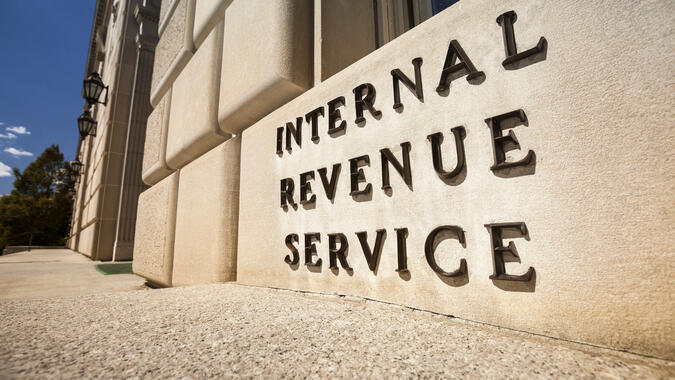
Qualified Retirement Plan Options for Sole Proprietors
- Published
- Nov 7, 2024
- Share
Many sole proprietors contribute to Simplified Employee Pension Plans (SEPs) annually and are unaware that other qualified retirement plans are available to increase savings and reduce taxes. As we enter the year-end planning season, it is a good time to review other qualified retirement plan options available to sole proprietors and other business owners without employees.
Understanding Qualified Retirement Plans: SEP and 401(k)
Like SEPs, the 2024 contribution limit from all types of contributions in a 401(k) plan is $69,000. However, the SEP is also limited to 25% of compensation, and some taxpayers will not have enough compensation to reach the maximum contribution.
A 401(k) plan allows a taxpayer to contribute pre-tax or Roth 401(k) deferrals of $23,000 (or $30,500 for those over age 50) and make an employer contribution of 25% of compensation. In addition to the lower compensation needed to hit the maximum contribution amount, there is also an additional catch-up contribution of $7,500 for 401(k) plans that is not available in a SEP.
Maximizing Contributions: Voluntary After-Tax Contributions in a 401(k)
Another option is to use after-tax contributions in a 401(k) plan and reach the annual contribution limit of $69,000 (or $76,500 for those over age 50) through a combination of pre-tax and after-tax contributions. After-tax contributions can be converted to Roth within the 401(k) plan, allowing taxpayers to accumulate Roth balances if they have too much income to qualify for Roth IRA contributions. The conversion from after-tax to Roth within the 401(k) plans allows these balances to grow tax-free, and qualified distributions will not be subject to tax.
Boosting Savings: Adding a Cash Balance Plan to Your 401(k)
A cash balance plan is a defined benefit plan that looks and feels like a profit-sharing plan. A cash balance plan may allow a business owner or sole proprietor to dramatically increase their retirement plan contributions and deductions from what they can do with a SEP or 401(k) plan alone.
Contributions to a cash balance plan are based on age, compensation, and investment performance. Generally, a cash balance plan for a sole proprietor or a business owner with no employees is paired with a 401(k) plan to take advantage of all contributions available. 2024 maximum contributions by age are listed below:
|
Age |
401(k) |
Profit Sharing* |
Cash Balance** |
Total |
|---|---|---|---|---|
|
35 |
$23,000 |
$20,700 |
$91,000 |
$134,700 |
|
40 |
$23,000 |
$20,700 |
$117,000 |
$160,700 |
|
45 |
$23,000 |
$20,700 |
$150,000 |
$193,700 |
|
50 |
$30,500 |
$20,700 |
$193,000 |
$244,200 |
|
55 |
$30,500 |
$20,700 |
$248,000 |
$299,200 |
|
60 |
$30,500 |
$20,700 |
$318,000 |
$369,200 |
|
65 |
$30,500 |
$20,700 |
$329,000 |
$380,200 |
*Profit Sharing contributions are generally limited to 6% of compensation when the plan is paired with a cash balance plan. The maximum compensation that can be considered for 2024 is $345,000.
**The cash balance plan contributions above are based on a retirement age of 62. Actual contribution amounts may vary.
Contributions to a cash balance plan are usually required each year until the plan is terminated. The IRS requires the plan to be established with “permanency” in mind. Contributions may fluctuate from year to year based on the plan’s investment return.
Why Every Business Owner Needs a Tailored Retirement Strategy
Every situation is unique, so it is important to discuss these ideas with a good advisor to understand what makes the most sense for your organization.
What's on Your Mind?
Start a conversation with the team












